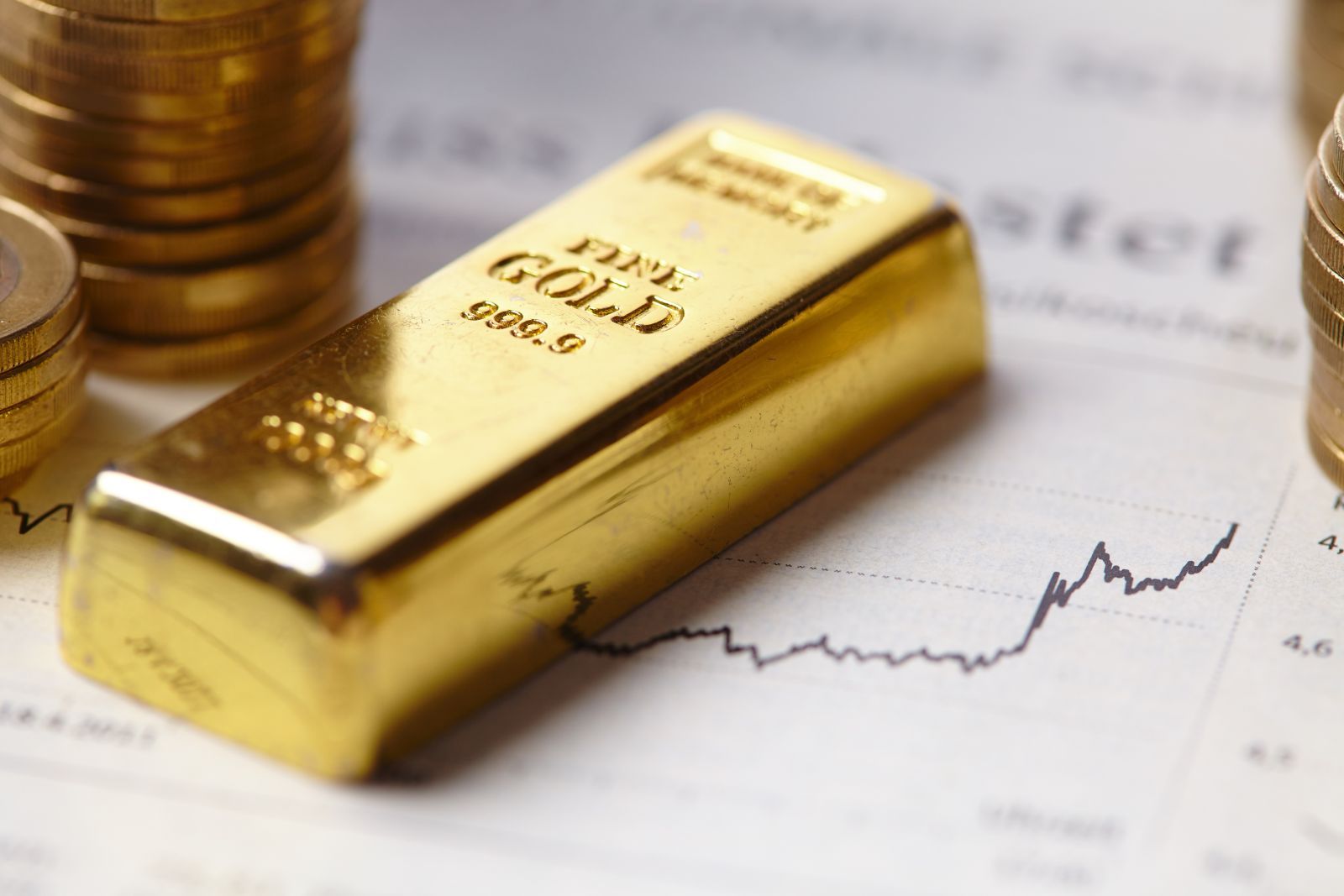The world of precious metals is a fascinating realm where economic factors, industrial applications, and investment strategies intersect. Gold and silver futures are traded on the Chicago Mercantile Exchange’s COMEX division, while platinum and palladium futures are listed on the NYMEX division. Although all four metals are rare and precious, gold and silver have broader financial applications compared to the platinum group metals (PGMs), which are heavily utilized in various industrial processes. This article delves into the dynamics of these metals, their recent performance, and the outlook for 2025.
Liquidity and Production: The Gold and Silver Advantage
Gold and silver are known for their high liquidity, making them attractive for traders and investors alike. The annual production of gold and silver significantly surpasses that of platinum and palladium, contributing to their robust trading volumes and open interest levels. In contrast, the lower liquidity and limited supplies of platinum and palladium can lead to heightened volatility, making them riskier investments.
In the fourth quarter of 2024, the equally weighted precious metals sector experienced a decline of 6.14%, with only gold managing a marginal gain. However, the sector rebounded in 2024, rising by 5.19%. This performance highlights the contrasting trajectories of gold and silver versus platinum and palladium.
Gold’s Stellar Performance
Gold emerged as the leader in the precious metals sector during Q4 2024, posting a modest gain of 0.19%. This trend continued into 2024, where gold achieved a remarkable 27.47% increase, reaching a new record high of over $2,800 per ounce. The continuous futures contract for gold settled at $2,641.00 per ounce by the end of 2024, following a high of $2,801.80. As we move into early Q1 2025, gold prices remain slightly elevated, indicating a sustained bullish trend.
The long-term outlook for gold is supported by a quarter-century bull market, as illustrated by the continuous contract chart. Investors often turn to gold as a safe haven during economic uncertainty, and its performance in recent quarters underscores its resilience.
Silver’s Resurgence
Silver, the second most liquid precious metal, faced a decline of 7.04% in Q4 2024. However, it rebounded impressively in 2024 with a 21.41% gain, reaching $35.07 per ounce—the highest price since Q4 2012. By the end of 2024, silver settled at $29.242 per ounce, and early 2025 saw prices climbing above $30.80. The bullish trend that began in 2020, when silver hit a low of $11.64, remains intact, showcasing silver’s potential for growth.
Platinum: A Struggling Metal
Platinum, once dubbed “rich person’s gold,” has struggled to keep pace with gold prices for years. In Q4 2024, platinum futures on the NYMEX division fell by 8.68%, and the metal was down 10.15% for the entire year. The continuous futures chart indicates that platinum prices are consolidating within a narrowing range, settling at $894 per ounce on December 31, 2024. While the metal’s price has been under pressure, it is worth noting that platinum has numerous industrial applications, which could support its value in the long run.
Palladium’s Decline
Palladium has faced the most significant challenges among the precious metals, leading the sector on the downside with declines of 9.04% in Q4 and 17.98% throughout 2024. After reaching a record high of $3,425 per ounce in early 2022, palladium prices have plummeted to under one-third of that peak. The geopolitical tensions stemming from Russia’s invasion of Ukraine initially drove prices up due to supply concerns, but the subsequent decline has left palladium trading at $909.80 per ounce by the end of Q4 2024.
Outlook for Precious Metals in 2025
As we look ahead to 2025, the precious metals market presents a mixed bag of opportunities. Gold and silver are in multi-year bullish trends, while platinum and palladium face bearish pressures. Palladium, in particular, is in a significant downtrend, while platinum appears to be consolidating near its lows. However, the industrial applications of platinum and palladium may offer value at current price levels, making them potential candidates for recovery.
For investors seeking diversified exposure to precious metals, the Physical Precious Metals Basket ETF (GLTR) could be an attractive option. With nearly $1.071 billion in assets under management and a management fee of 0.60%, GLTR provides a balanced approach by holding more gold and silver than platinum and palladium. The ETF’s performance in 2024, with a 20.6% gain, reflects the strength of gold and silver prices, settling at $109.80 per share by year-end.
Conclusion
The precious metals market is characterized by distinct dynamics among gold, silver, platinum, and palladium. While gold and silver continue to shine with strong performance and liquidity, platinum and palladium face challenges that could present opportunities for savvy investors. As we enter 2025, the trends in these metals will be closely watched, and the path forward will depend on a myriad of economic factors, geopolitical developments, and market sentiment. For those looking to invest in precious metals, understanding these nuances will be crucial in navigating this complex landscape.




